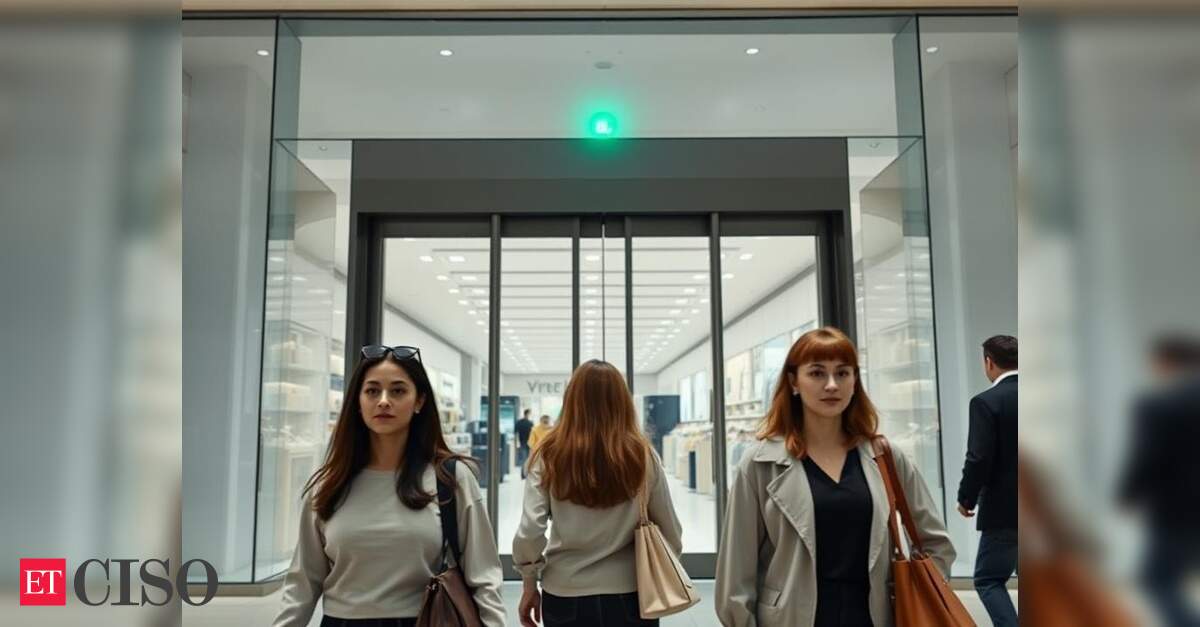Here is the rewritten content without changing its meaning, retaining the original length, and keeping proper headings and titles:
Facial recognition technology (FRT) is gradually being introduced in New Zealand’s retail sector, with major retailers and telecommunications companies supporting its adoption. This shift comes after Foodstuffs‘ recent trial, which earned a “cautious tick” from the Office of the Privacy Commissioner.
Major retail stores believe that introducing this technology will reduce retail crime and protect staff from aggressive or repeat offenders. However, this has sparked a national conversation about surveillance, ethics, and data rights versus the stores’ safety.
Retailers backing the use of FRT include Briscoes, Rebel Sport, Bunnings, Mitre 10, Michael Hill, Farmers, The Warehouse, Foodstuffs (both North and South Islands), Woolworths, and telcos One NZ and Spark.
These businesses have signed a joint statement supporting the “fair and accurate” use of the technology and have pledged to develop best-practice guidelines before rolling it out more broadly across the country.
“We recognize that technology must be used in a fair and accurate way. Guardrails are needed to support customers’ privacy and to guard against potential bias and discrimination.”, the statement said.
How will it work?
The systems work by capturing a photo of someone entering a store. Staff are alerted if the individual matches someone on a “watchlist”, typically for previous trespass notices or aggressive incidents. If not, the image is deleted immediately. Retailers insist this is not about tracking regular shoppers but deterring repeat offenders who pose risks to staff and customers.
When will it start?
However, the Privacy Commissioner, Michael Webster, has clarified that this is not a “green light” for the mass deployment of FRT.
He warned that even a small misidentification rate can impact hundreds of people. For example, Foodstuffs North Island’s trial estimated up to 900 false matches annually.
He recommended raising the accuracy of facial matching algorithms from 90 per cent to at least 92.5 per cent and stressed the importance of local model training to reduce bias. He also called for robust privacy frameworks and community consultation.
A Māori Reference Panel has voiced strong opposition. A Māori Reference Panel set up at the end of 2024 told the commissioner it opposed FRT’s use in supermarkets, saying such technology affects the wider public, not just those on watchlists.
Earlier this month, Justice Minister Paul Goldsmith said he expects officials to consider a centralized facial recognition system. While such a database could stop offenders from shifting stores, it would need heavy regulation and tight oversight.
At the time, Retail NZ chief executive Carolyn Young said it was too early to comment on the centralized option, as the commissioner’s evaluation was still being reviewed.
Internationally, FRT is already in use. In Australia, Bunnings has faced legal challenges over applying facial scanning tech. In the United States, major chains like 7-Eleven, Rite Aid, and Home Depot have all tested similar systems, raising similar debates over ethics, consent, and surveillance.
For now, FRT in New Zealand remains in the trial phase. But with big-name backing and ongoing public debate, its national rollout may be closer than many expect, depending on how regulators, technologists, and communities choose to weigh safety against privacy.
Source Link






